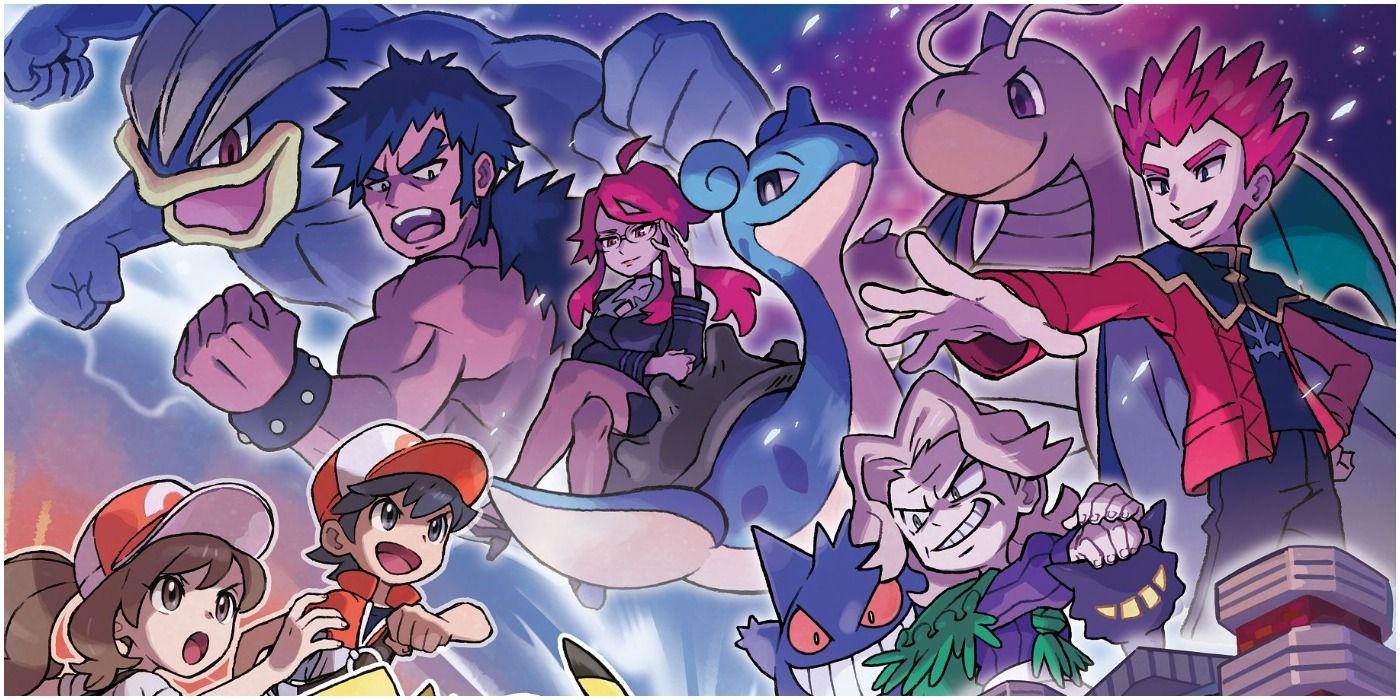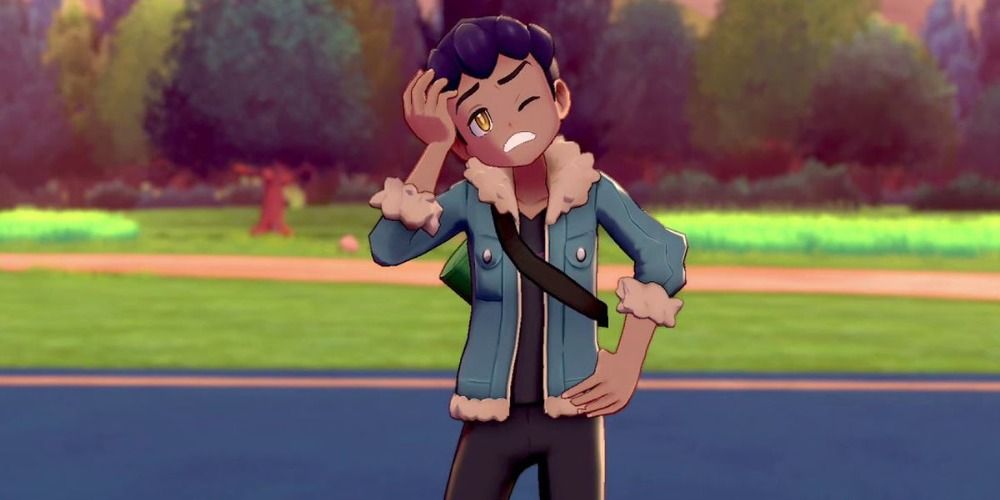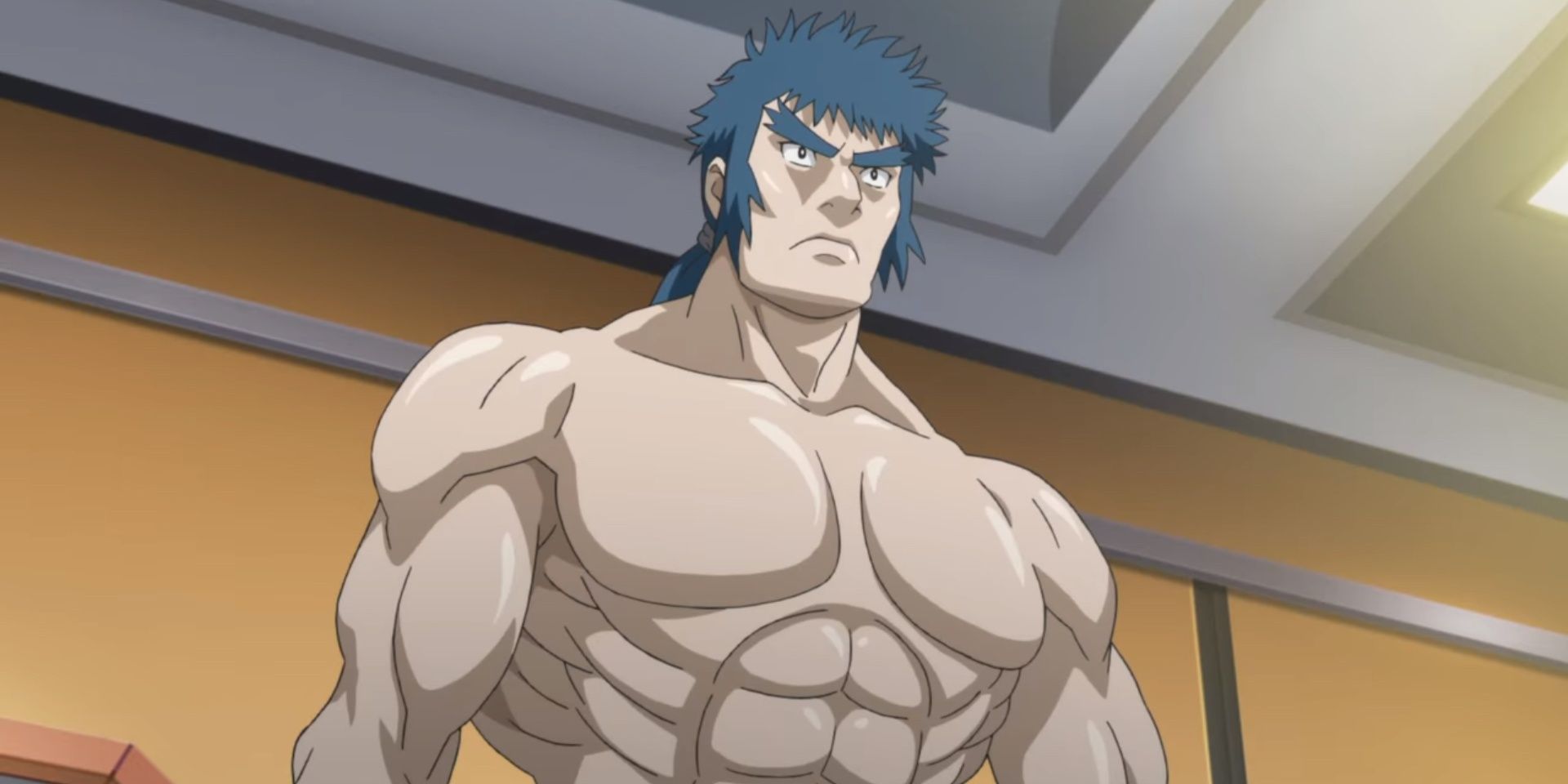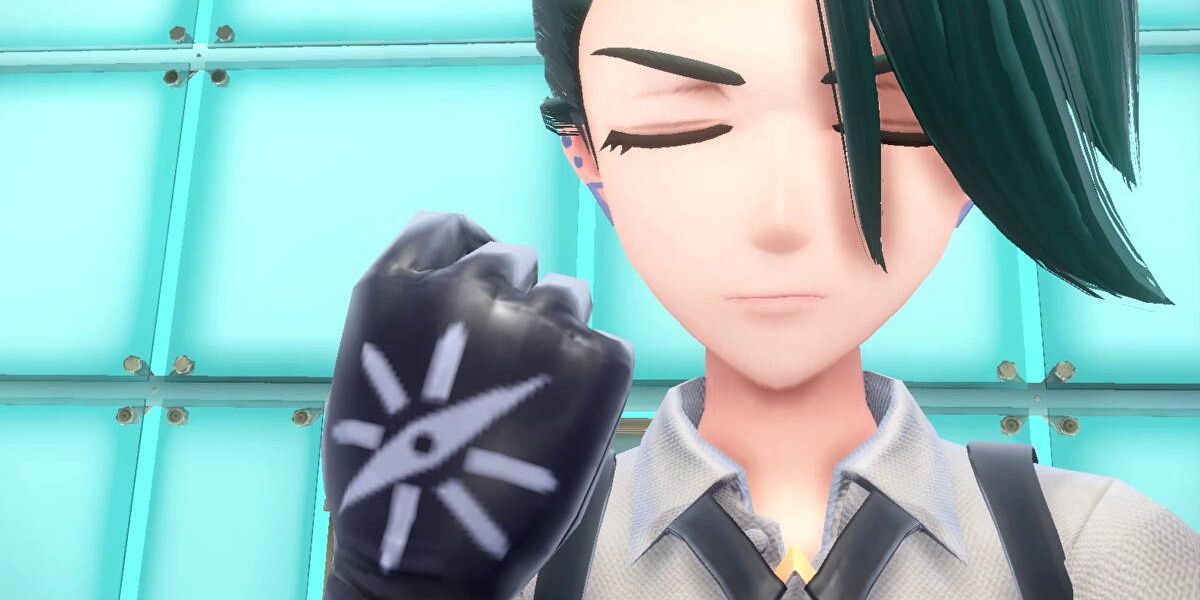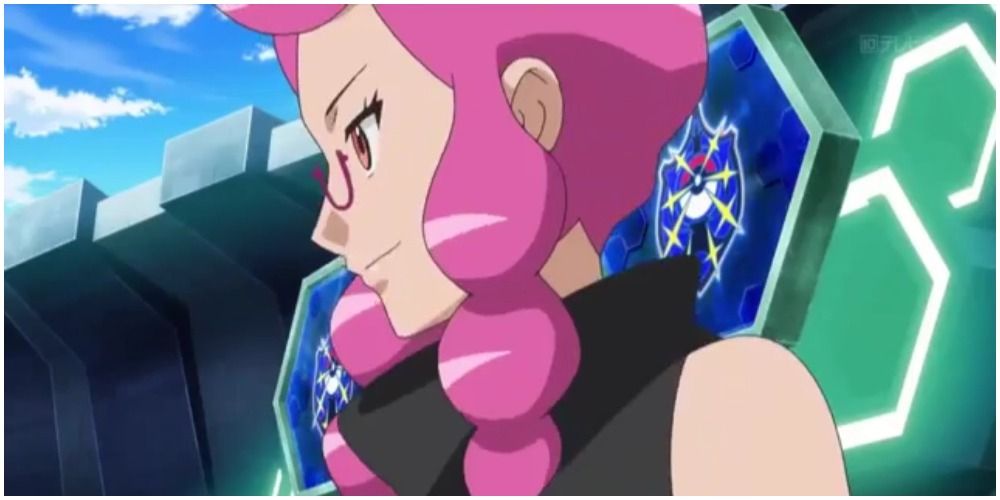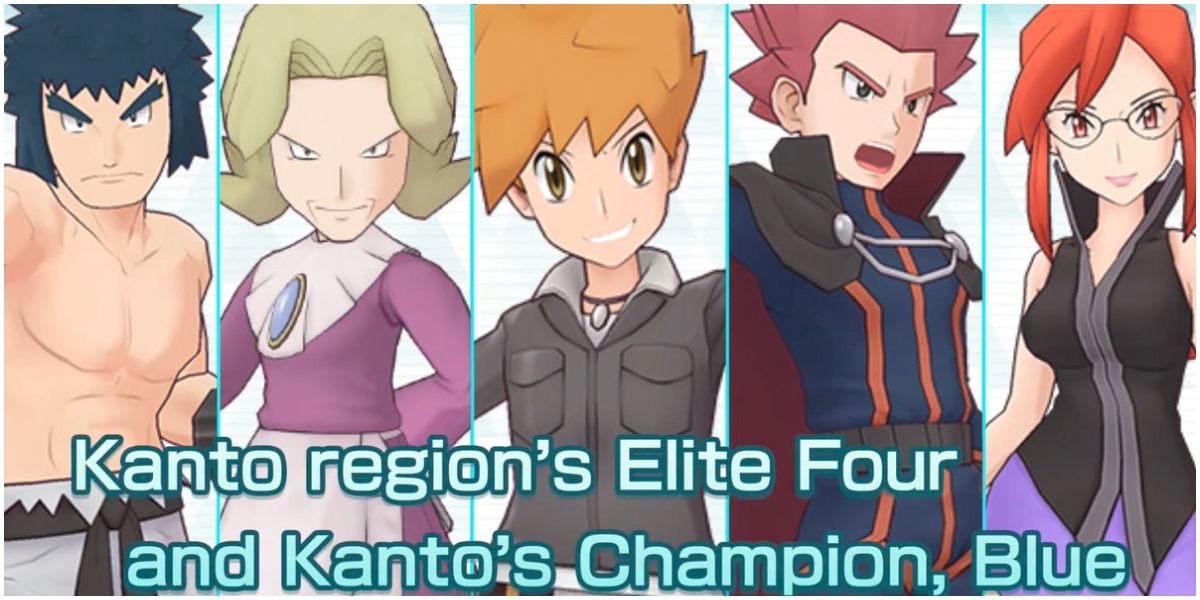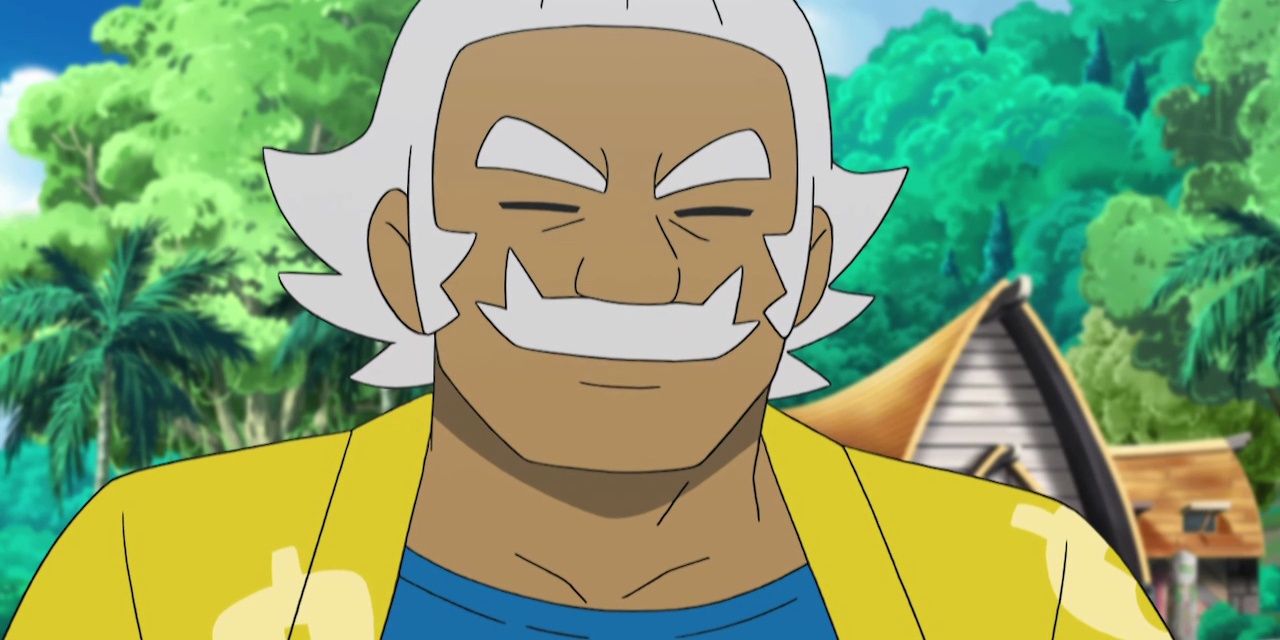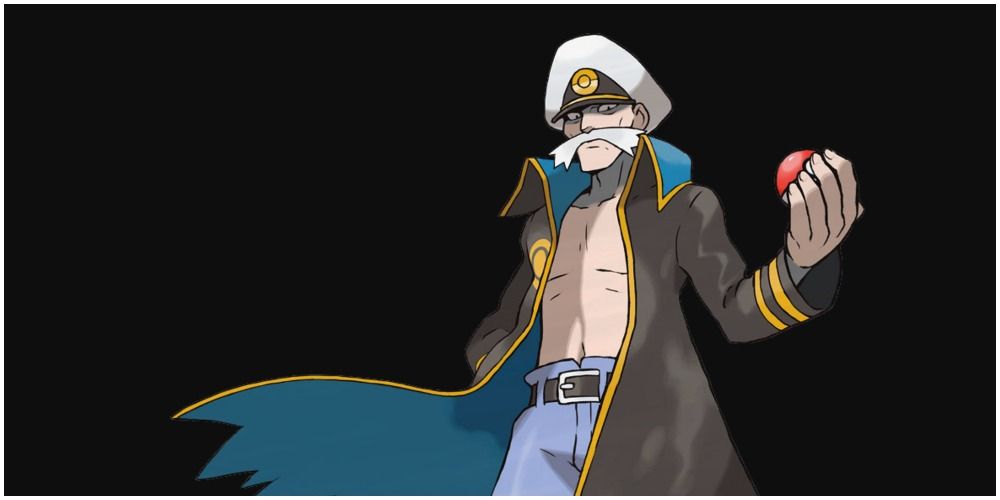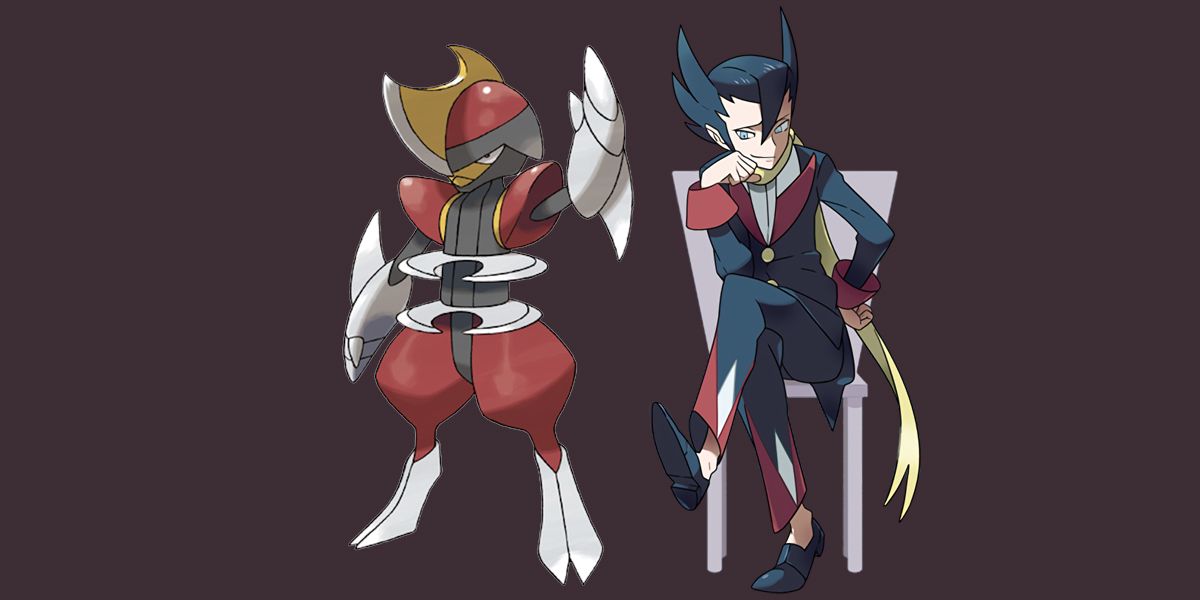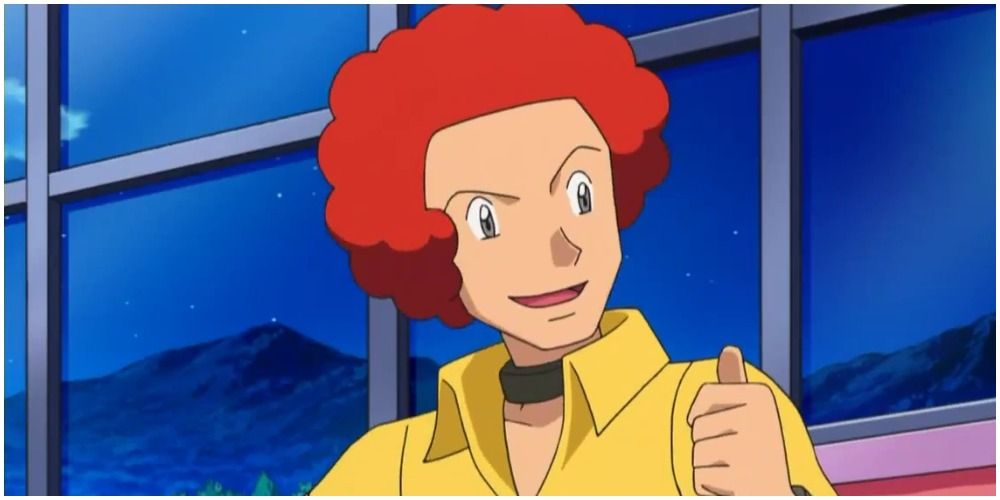The Elite Four is a staple of the Pokémon games. Although they appear in the anime, the format isn't explored directly. Instead, the Elite Four members are often introduced independently. The Elite Four are essentially the mini-bosses of the Pokémon League, and they all have to be defeated in order for a competitor to face the Champion.
The Elite Four members of each region don't double up in terms of typing, meaning that preparing a party made up of diverse Pokémon and good type coverage is critical for the player. Every generation includes at least one difficult battle within the Elite Four, but some are much tougher than others overall.
Updated on December 6th, 2022 by Tom Steel: There are various tropes that have remained a constant throughout the many generations of Pokémon games, and while the mainline series tried to experiment with changing up the format, the Elite Four has returned with the latest games. This list has been updated to account for the Gen IX games Scarlet & Violet, and where their Elite Four ranks compare to those of previous generations.
9 Generation VIII: Galar Boasts The First Pokémon League Experience With No Elite Four
Sword & Shield: Champion Cup
Sword & Shield are the only games that seem to base their version of the Pokémon League on the anime rather than following the Elite Four format. While it is an interesting new dynamic, these battles involve battling previous Trainers a second time.
While this negates the gravitas and mysticism that the Elite Four usually bring to the games, it doesn’t diminish the games as a whole, as facing off against Trainers in a tournament still brings tension and drama to the end game. The path to facing Leon varies depending on which edition of the game is being played, adding a bit of extra variety.
8 Generation II: The Johto Elite Four's Teams Look Tricky On Paper But Are Simple In Practice
Gold, Silver & Crystal: Will, Koga, Bruno, Karen
Preparing for The Johto Elite Four is fairly straightforward. The types on the show are Psychic with Will, Poison with Koga, Fighting with Bruno once again, and Dark with Karen. These Pokémon often have diverse secondary typings, but if the player is using switch mode where they can switch Pokémon every time the opponent brings out a new one, these matches are easy to prepare for and get through.
Bruno is the only member who has pure Fighting types except for his Onix, he's easily swept aside regardless. Karen's coverage with Vileplume, Houndoom, and the non-Dark-type Gengar is arguably the most terrifying aspect of this Elite Four run before meeting Lance.
7 Generation IX: A Return To The Familiar Format Can Still Be Underwhelming With Enough Preparation
Scarlet & Violet: Rika, Poppy, Larry, Hassel
While Pokémon Scarlet & Violet may have suffered intense performance issues upon release, fans were still impressed by the games' storylines, new Pokémon designs, and various other new concepts. Despite this, the Gen IX Elite Four ended up being forgettable compared to previous generations.
The format may have reverted to old Elite Four challenges, but the types chosen for the members don't present much of a challenge. Rika and Larry are extremely likable characters, but one capable Ice-type Pokémon could easily sweep their respective Ground and Flying-type teams, with the same being said for Hassel's Dragon types. Simply switch between Ground, Fire, and Fighting types for Poppy's Steel types, and the player is already through to face Geeta.
6 Generation VI: Four-Pokémon Teams Are Too Easy To Get Past
X & Y: Malva, Siebold, Wikstrom, Drasna
In Pokémon X & Y, the Elite Four members only have four Pokémon each, but luckily the Champion Diantha maintains tradition with six. Malva's Fire types can be extinguished as long as super-effective weaknesses are exploited, and the player has a counter for the devastatingly quick Talonflame. Wikstrom's Steel types pale in comparison to Steven's but can also punish complacent players, especially with the vastly underrated Aegislash.
On paper, Drasna should be a terrifying and formidable prospect with Dragon types, but the party choice doesn't pose enough of a threat. Siebold is the final member of the Kalos Elite Four and is the only Water-type Elite Four member. Naturally, super-effective move-sets should be more than enough to get through the Gen VI Elite Four and on to Diantha.
5 Generation I: The Kanto Elite Four Suffered From Not Having Enough Specific Type Pokémon
Red, Green, Blue & Yellow: Lorelei, Bruno, Agatha, Lance
With the Generation I Elite Four, the first member faced is Lorelei, who uses Ice types and can be criminally underestimated. Fire, Rock, and Fighting types should be able to sweep an Ice-type team, but she has a Slowbro that counters them with Water and Psychic-type moves.
While Lorelei only has one Pokémon on her team that doesn't class as her designated specialty, the others are even worse in that regard: Bruno has two non-Fighting Onix, Agatha has non-Ghosts Golbat and Arbok, and Lance has the technically-not-Dragon Gyarados, Aerodactyl, and Charizard. It can be argued that this is acceptable because they only had the first generation of Pokémon to choose from, but there are no such excuses for Bruno, who could easily have had Primeape or Poliwrath.
4 Generation VII: The Addition Of Molayne Instantly Ramps Up The Difficulty
Sun & Moon: Hala/Molayne, Olivia, Acerola, Kahili
The Elite Four members are almost exactly the same for Sun & Moon and Ultra Sun & Ultra Moon. Olivia, Acerola, and Kahili are in both, but Kahuna Hala is in Sun & Moon while Molayne is in Ultra Sun & Ultra Moon.
Hala is just a high-leveled version of his fairly easy Fighting-type Grand Trial team, but his replacement in the additional games, Molayne, is a powerful Steel-type user. The other three teams also use various Pokémon. However, in both instances, Olivia and Acerola have great type coverage with their Rock and Ghost types, respectively. Kahili's Flying types should be simple enough to defeat with suitable counters.
3 Generation III: Hoenn's Elite Four Is One Of The Best Despite Having Too Many Duplicates
Ruby, Sapphire & Emerald: Sidney, Phoebe, Glacia, Drake
While the Hoenn Elite Four can prove to be rather tricky en route to facing the also-tricky Steven, or Wallace in Pokémon Emerald, three of the four members fall into the trap of having duplicates when they could easily build a party with five different species.
Sidney gets the ball rolling with his five Dark types, but other than the intimidating Mightyena, his team can be easy enough to sweep aside. The bizarre duplicates come in the form of two Banette and two Dusclops with Phoebe, two Glalie and two Sealeo, or Froslass in the remakes, with Glacia, and even one of the toughest Elite Four members overall, Drake, has two Flygon. The duplicate-heavy teams try to keep to Hoenn-specific Pokémon, but this Elite Four could have been so much better with extra additions.
2 Generation V: Despite Introducing Four-Pokémon Teams, Unova Has Four Formidable Elite Four Members
Black & White: Shauntal, Marshal, Grimsley, Caitlin
Black & White were the first games to initially introduce Elite Four members with four-Pokémon teams. Shauntal arguably has the best coverage out of all the Ghost-type Elite Four members with the likes of Chandelure, Golurk, and Jellicent in the initial bout and Froslass and Drifblim in the rematch. Marshal's initial four Fighting types are formidable Unova-specific powerhouses, with the additions of Lucario and Machamp in Black 2 & White 2.
Throughout all the iterations of the games, Grimsley's Dark types are among the toughest belonging to any Elite Four member, with them having great coverage thanks to the secondary typings. Caitlin and her Psychic types also shouldn't be taken lightly, making Unova's Elite Four one of the best in terms of overall power and difficulty.
1 Generation IV: The Sinnoh Elite Four Warms The Player Up Perfectly For The Cynthia Showdown
Diamond, Pearl & Platinum: Aaron, Bertha, Flint, Lucian
The Sinnoh Elite Four in Generation IV can be difficult if the player doesn't prepare well enough with super-effective counters. Aaron and his Bug types can be easily defeated with Fire and Flying types but any slip-ups and the battle can be flipped by his Drapion. Bertha's Ground types can be similarly swept aside by super-effective moves, except for the bulky Sandstorm-utilizing Hippowdon.
Fire-type user Flint brings back the old trope of having a lot of Pokémon that don't fit the particular typing, with Lopunny, Steelix and Drifblim, which can actually make for a difficult contest if the player turns up with only counters for Fire types. Lucien rounds off the Elite Four with a straightforward-enough Psychic lineup. However, the deadly speed of Alakazam and the pure bulk of Bronzong make Lucien a tough opponent and the perfect precursor for the infamous Cynthia battle.

